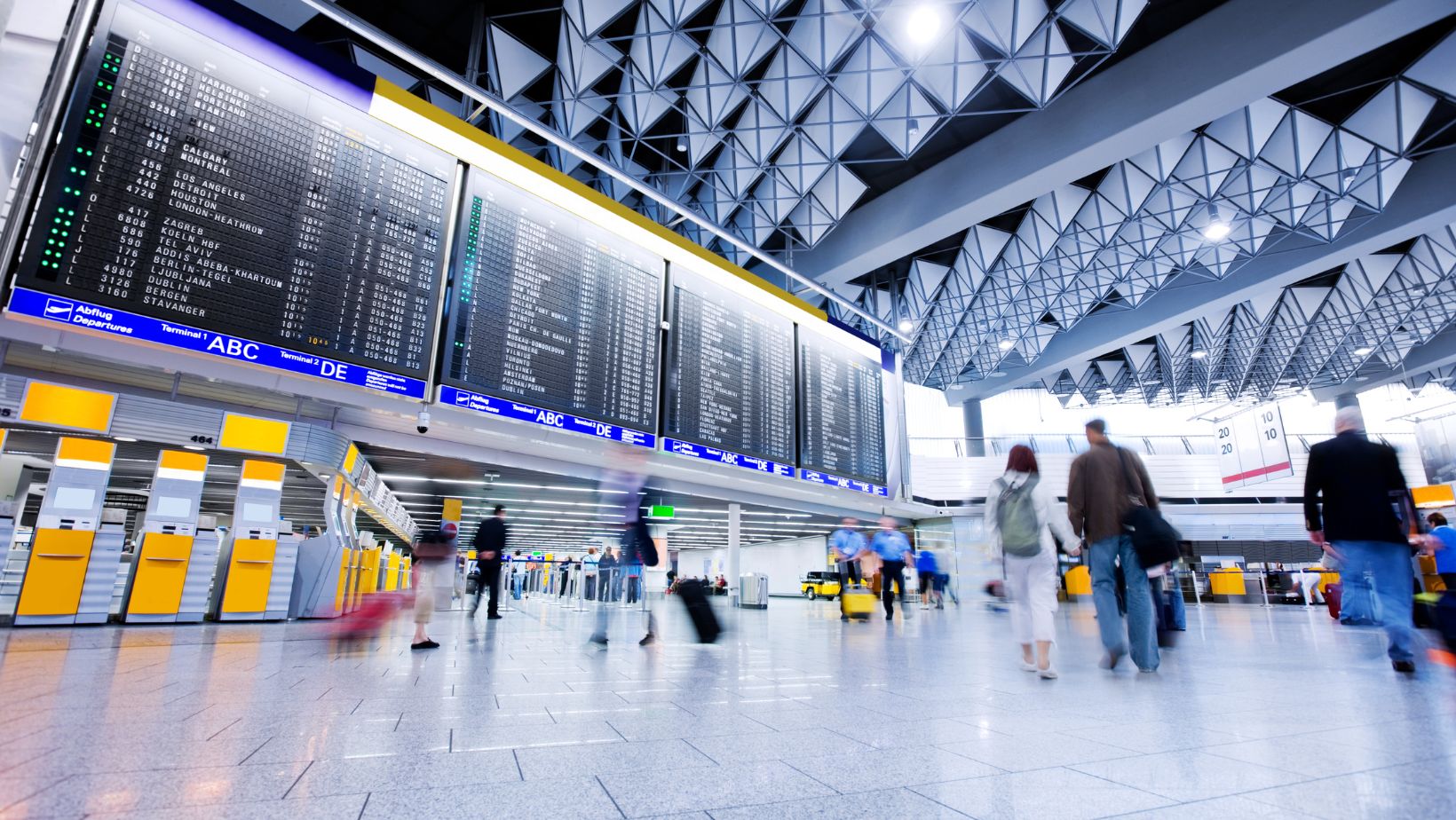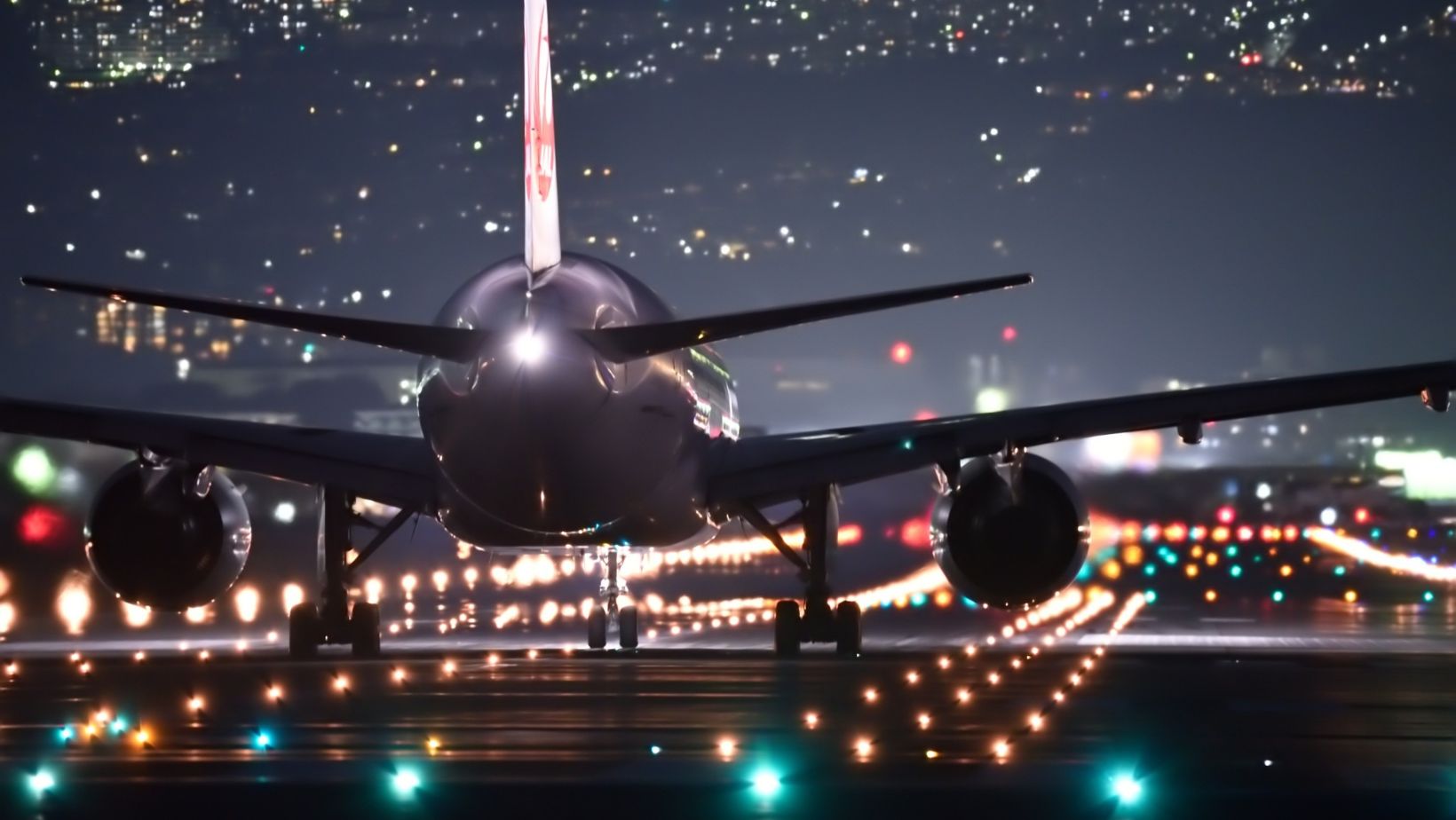Although airports serve as entry points to the world, many passengers find them to be confusing and stressful. Passengers often feel stressed by security checks. They struggle to find the right gate and read airport signs. Most passengers don’t realize how much thought goes into airport layouts. The psychology behind terminal design greatly influences their experience. Knowing how airports are designed helps you get around more easily, whether you fly a lot or just once in a while.
Airports rely on smart design to guide travelers efficiently. This is similar to online platforms like Slotsgem, where a good user experience keeps visitors engaged. Physical places have unique challenges that make them harder to navigate than computer interfaces.
The Balance Between Efficiency and Commerce
Airports aim for two goals: efficiency and commerce. This is a key reason why they often look confusing. Airports need to ensure travelers can move smoothly from check-in to their gate. They want to attract tourists to spend money in restaurants, lounges, and duty-free shops.
Modern airports often have long hallways and retail-heavy layouts. These designs guide travelers through areas where they might make impulsive purchases. Shops, seating, and even restrooms are arranged with care to optimize profits while maintaining foot traffic. Wondering why your gate sometimes takes a winding path through fancy shops? Here’s the answer.
The Psychology of Wayfinding
Wayfinding is a design method in airports. It uses visual clues like signs, symbols, and architecture. This helps visitors find their way in new spaces. Airports can be tricky. They are big and complex, with many terminals, security zones, and boarding areas.

Airports employ pictograms, arrows, and color-coded signage to facilitate navigation. Travelers may get confused. This happens because each airport has its own layout. Some terminals overwhelm passengers with too much information. Others use simple designs and have limited signage.
Guidance is also influenced by flooring and lighting. Airports often use darker lighting in leisure areas. This helps guide movement. Bright lighting is used near security checks. Some terminals have special floor plans. These plans show where one area ends and another begins, like gates, luggage claim, and customs.
The Security Bottleneck
Security checks are one of the most stressful aspects of an airport visit. Standing in line can be stressful. You feel the eyes of security guards on you. The worry of making a mistake, like forgetting to take your laptop out, adds to this anxiety. These factors are mostly to blame.
Although airport security zones are intended to maintain a smooth passenger flow, they can often be frightening. Anxiety increases when uniformed officers are present. Strict rules and long, unpredictable wait times add to this feeling.

Some airports make an effort to reduce this tension by adding relaxing features like art displays, quiet music, and soft lighting. For example, Amsterdam’s Schiphol Airport features a small museum with Dutch paintings. Also, Singapore’s Changi Airport boasts indoor gardens. In an otherwise stressful setting, these small gestures contribute to a more comfortable atmosphere.
The Role of Technology
Airports are incorporating more technologies to enhance navigation and lessen confusion as a result of the growth of digital technology. Many terminals now help travelers find their route. They offer self-check-in kiosks, smartphone apps, and interactive maps.
Travel is also becoming more efficient thanks to biometric devices, such facial recognition at security checks. Some airports still use conventional techniques for crowd management and navigation, nevertheless, as these advancements are not yet widespread.
In conclusion, as airport layouts continue to be improved, maybe one day traveling through them will be as pleasurable as actually arriving at the destination. Until then, regular passengers can enjoy some airport amenities. They can listen to suitcase wheels rolling over tiled floors. They can also wander through the maze of duty-free stores.














